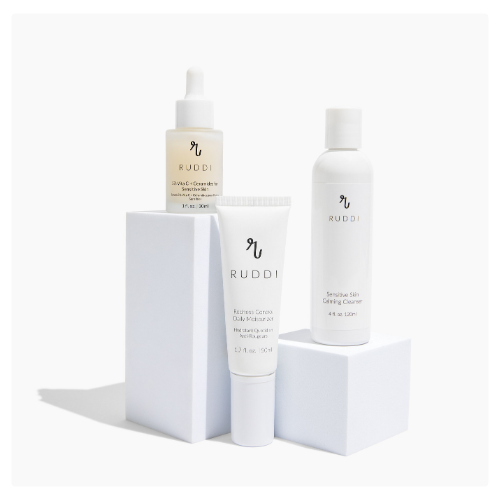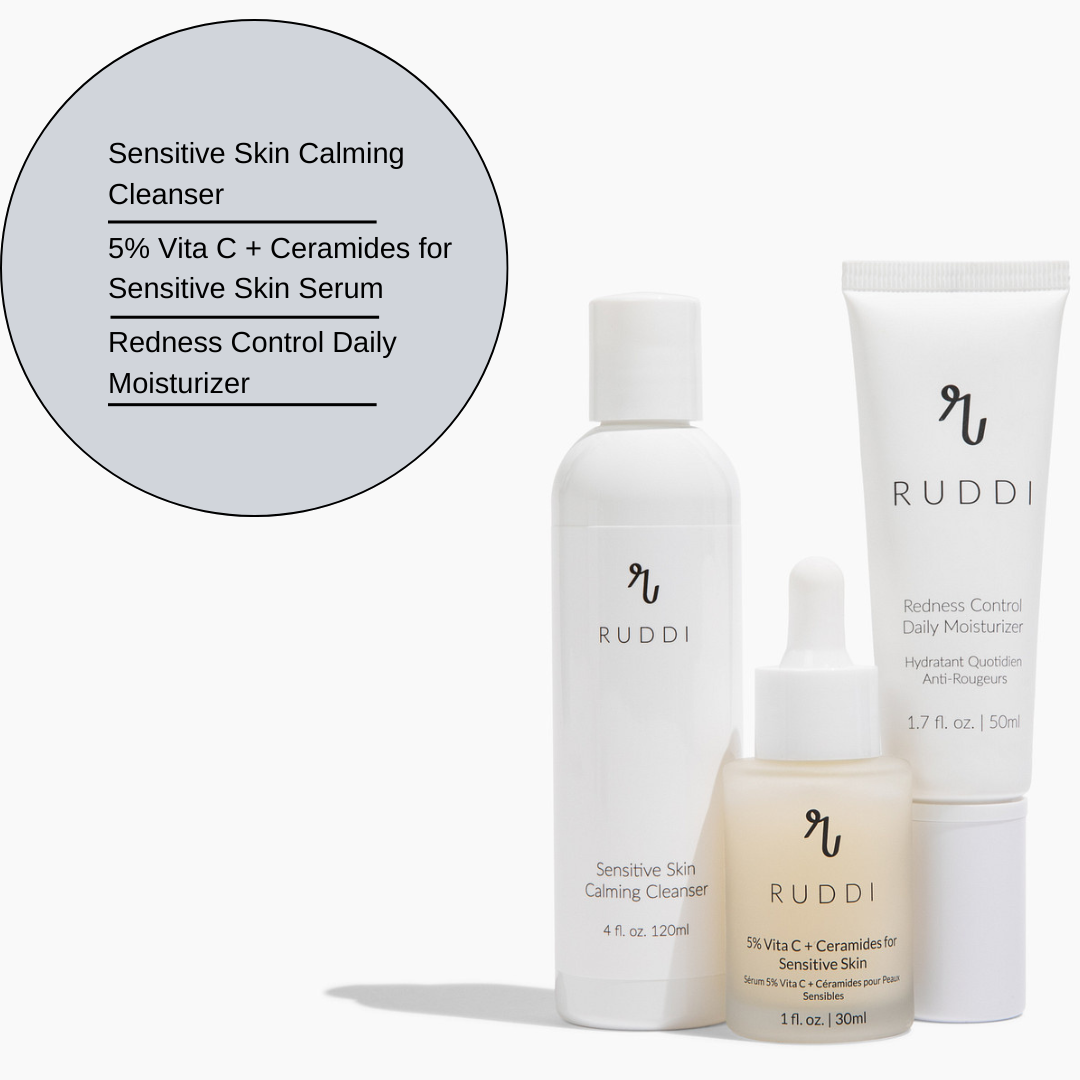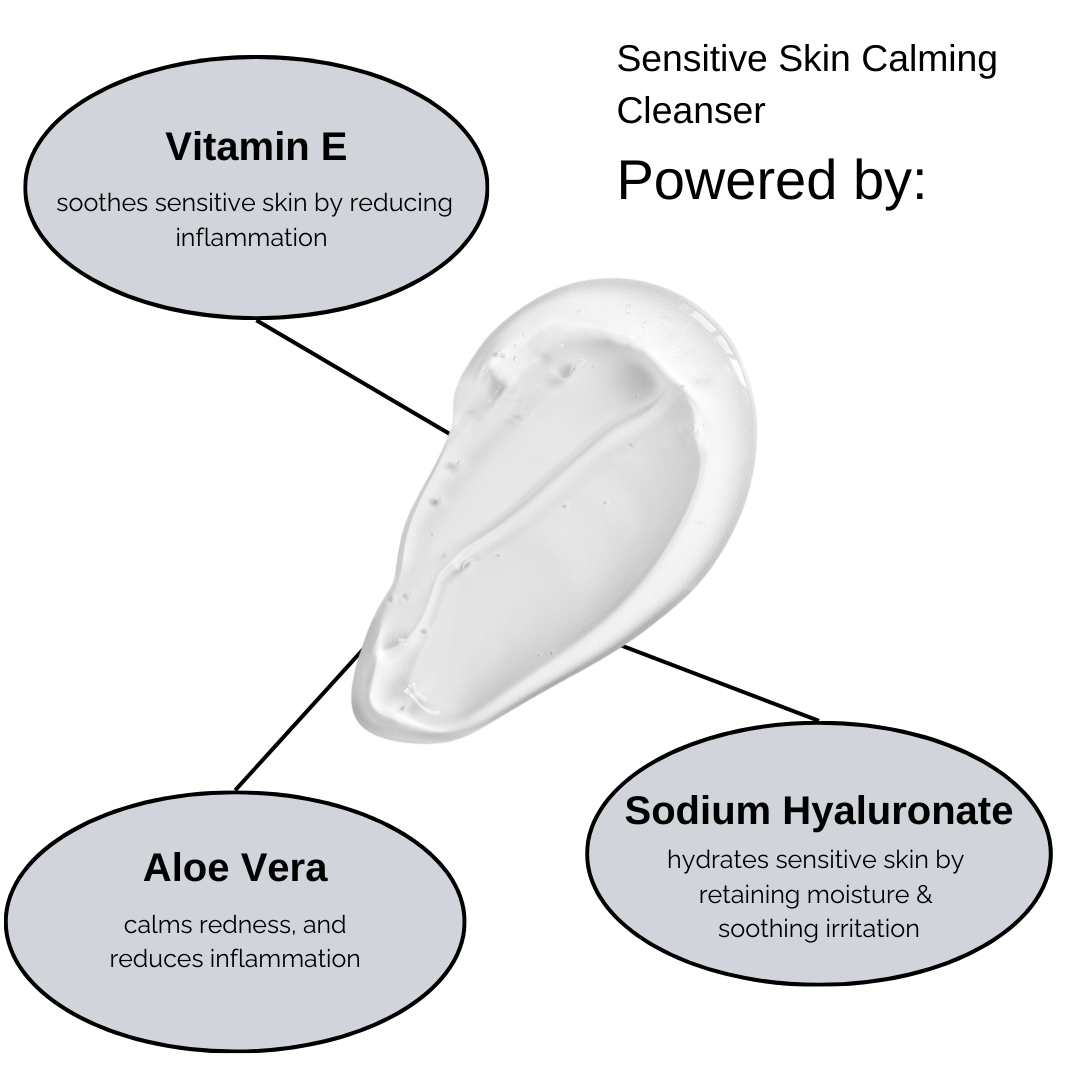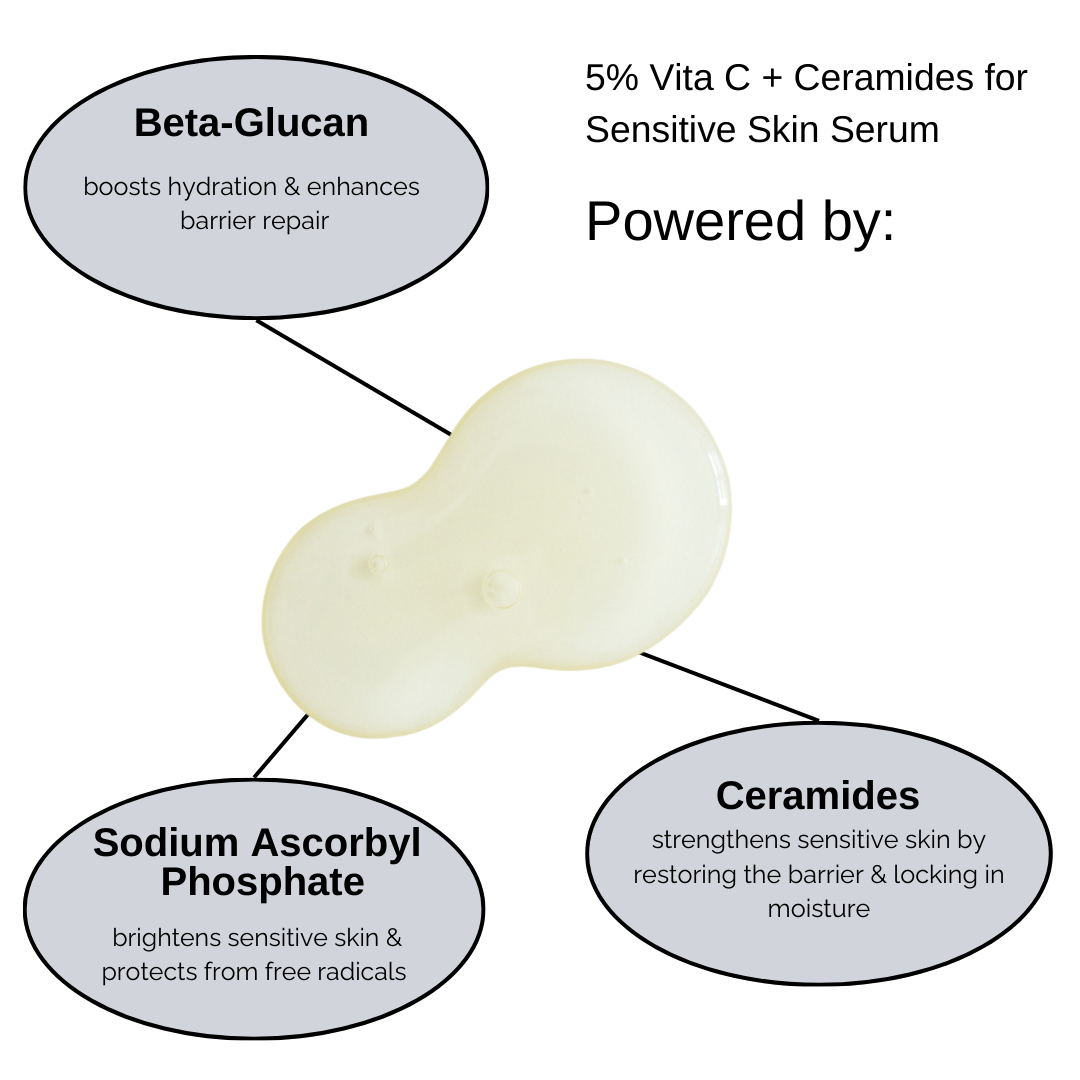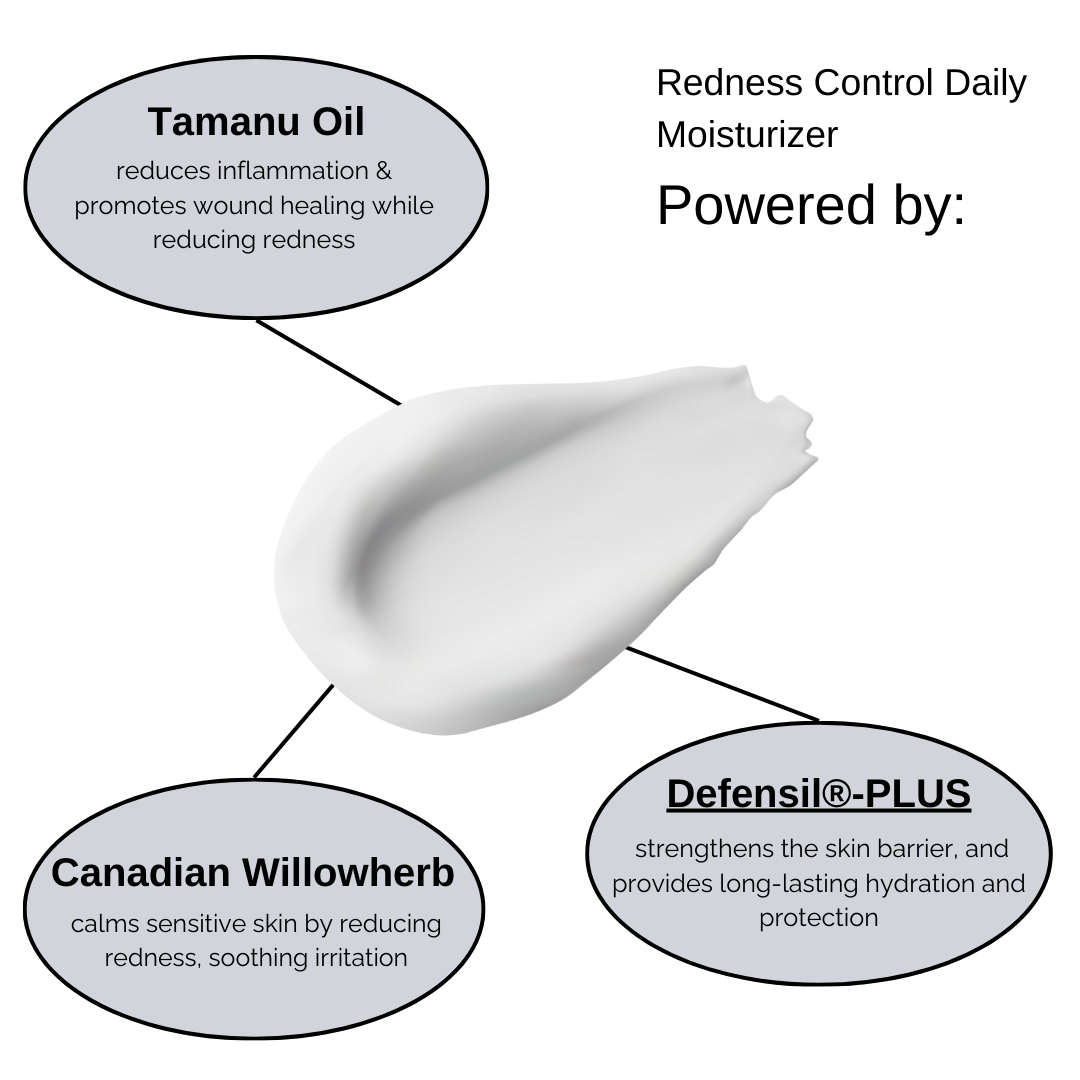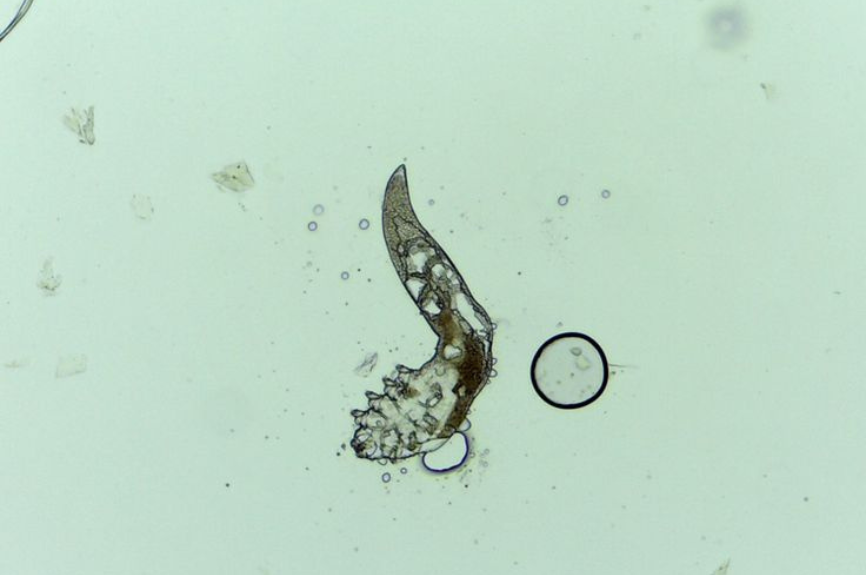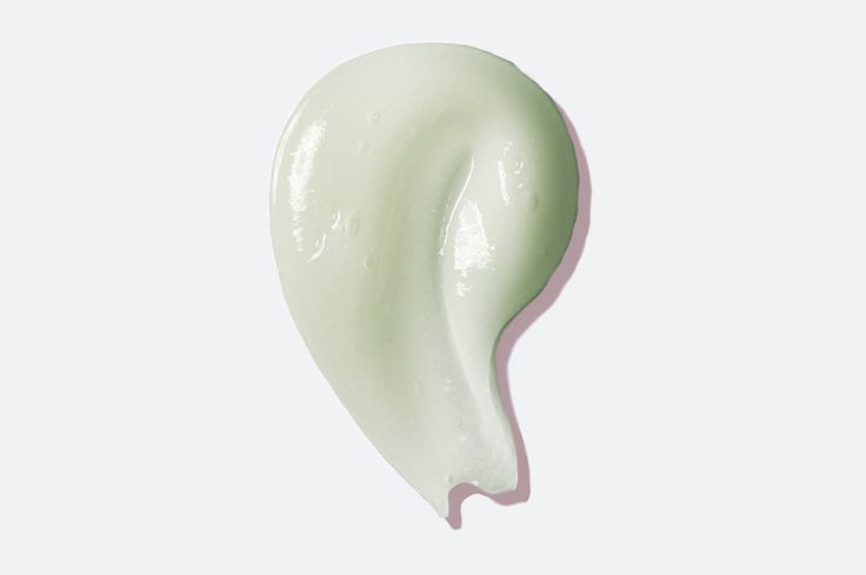
The Best and Worst Skincare Ingredients for Rosacea-Prone Skin
If you have rosacea, you know the struggle: one wrong product can turn your skin from calm to flaring in hours. But why do some ingredients soothe while others spark inflammation? The answer lies in how they interact with inflammation, skin barrier function, and the vascular system—three key players in rosacea.
Let’s dive into the science behind the best and worst skincare ingredients for rosacea-prone skin, so you can make smarter, skin-soothing choices.
🌿 Best Ingredients for Rosacea: What Really Works and Why
1. Azelaic Acid
Why it works: Azelaic acid is a star ingredient for rosacea because it has anti-inflammatory, antibacterial, and keratolytic (gently exfoliating) properties. It calms redness by suppressing reactive oxygen species and inhibits the production of inflammatory mediators in the skin.
🔬 Bonus: It reduces Demodex mite populations—organisms found in higher numbers on rosacea-prone skin and known to exacerbate inflammation.
2. Niacinamide (Vitamin B3)
Why it works: Niacinamide strengthens the skin barrier by increasing ceramide production and reducing transepidermal water loss (TEWL). It also improves microcirculation, helping reduce visible redness and flushing.
🔬 In the skin: Niacinamide calms cytokine-induced inflammation and enhances the skin’s resilience against environmental stressors.
3. Beta-Glucan
Why it works: This powerful humectant and anti-inflammatory agent reduces redness and irritation by supporting immune modulation in the skin. It hydrates and boosts the skin’s repair processes, improving its tolerance over time.
4. Centella Asiatica (Cica)
Why it works: Known for its wound-healing and calming properties, Cica is rich in triterpenoids that reduce inflammation and improve blood vessel tone, a big plus for those dealing with rosacea’s vascular symptoms.
5. Squalane
Why it works: A lightweight, non-comedogenic oil that mimics your skin’s natural sebum. Squalane moisturizes without clogging pores and supports the lipid barrier, reducing irritation and sensitivity.
6. Allantoin & Panthenol (Vitamin B5)
Why they work: Both ingredients soothe irritated skin and support tissue regeneration. They’re ideal for reducing discomfort, dryness, and sensitivity.
🚫 Worst Ingredients for Rosacea: What to Avoid and Why
1. Denatured Alcohol & Ethanol
Why they’re bad: These quickly evaporating alcohols strip the skin’s natural oils and compromise the barrier, leading to dehydration and heightened inflammation.
🔬 Result: More water loss = more reactive skin = more redness and irritation.
2. Fragrance (Natural or Synthetic)
Why it’s bad: Fragrances are one of the most common irritants in skincare. Even essential oils like lavender, eucalyptus, and citrus can trigger vascular dilation, worsening flushing and stinging.
3. Menthol & Peppermint Oil
Why they’re bad: Often used for a “cooling effect,” these ingredients stimulate sensory nerves and capillary dilation, leading to stinging, burning, and increased redness.
4. Witch Hazel
Why it’s bad: While often marketed as soothing, witch hazel contains tannins and alcohols that can dry out and irritate rosacea-prone skin—especially when used in high concentrations.
5. Sodium Lauryl Sulfate (SLS)
Why it’s bad: This harsh surfactant disrupts the lipid matrix of the skin barrier, causing dryness, irritation, and a weakened defense against environmental triggers.
6. Physical Exfoliants
Why they’re bad: Scrubs and brushes create microtears in already sensitive skin, which leads to barrier damage and increased inflammation.
💡 Why Barrier Function and Inflammation Matter So Much
The skin barrier is your first defense against irritants and allergens. In rosacea, this barrier is often damaged or weakened, making it easier for irritants to trigger inflammation.
At the same time, rosacea is associated with vascular hyper-reactivity—meaning your blood vessels dilate more easily and stay dilated longer, causing persistent redness.
Ingredients that strengthen the barrier or reduce inflammation help prevent these chain reactions, while harsh or drying ingredients make everything worse.
✅ How to Build a Rosacea-Friendly Routine
-
Cleanser: Use a fragrance-free, sulfate-free, gentle gel or cream cleanser.
-
Treatment: Look for products with azelaic acid, niacinamide, or beta-glucan.
-
Moisturizer: Choose formulas with squalane, ceramides, or panthenol.
-
SPF: Mineral sunscreens with zinc oxide or titanium dioxide offer excellent protection without irritation.
-
Extras: Avoid anything that stings or burns on contact—that’s a sign it’s not right for your skin.
🔍 Final Thoughts
Rosacea is more than just sensitive skin—it’s a complex inflammatory and vascular condition. Choosing the right ingredients can make a world of difference in reducing redness, calming flare-ups, and strengthening your skin’s natural defenses.
Always patch test new products, introduce one at a time, and don’t be afraid to simplify your routine. In the case of rosacea, less is often more.

